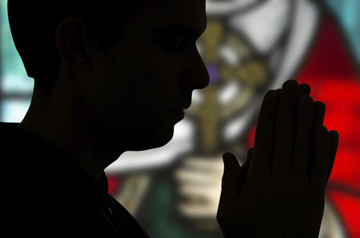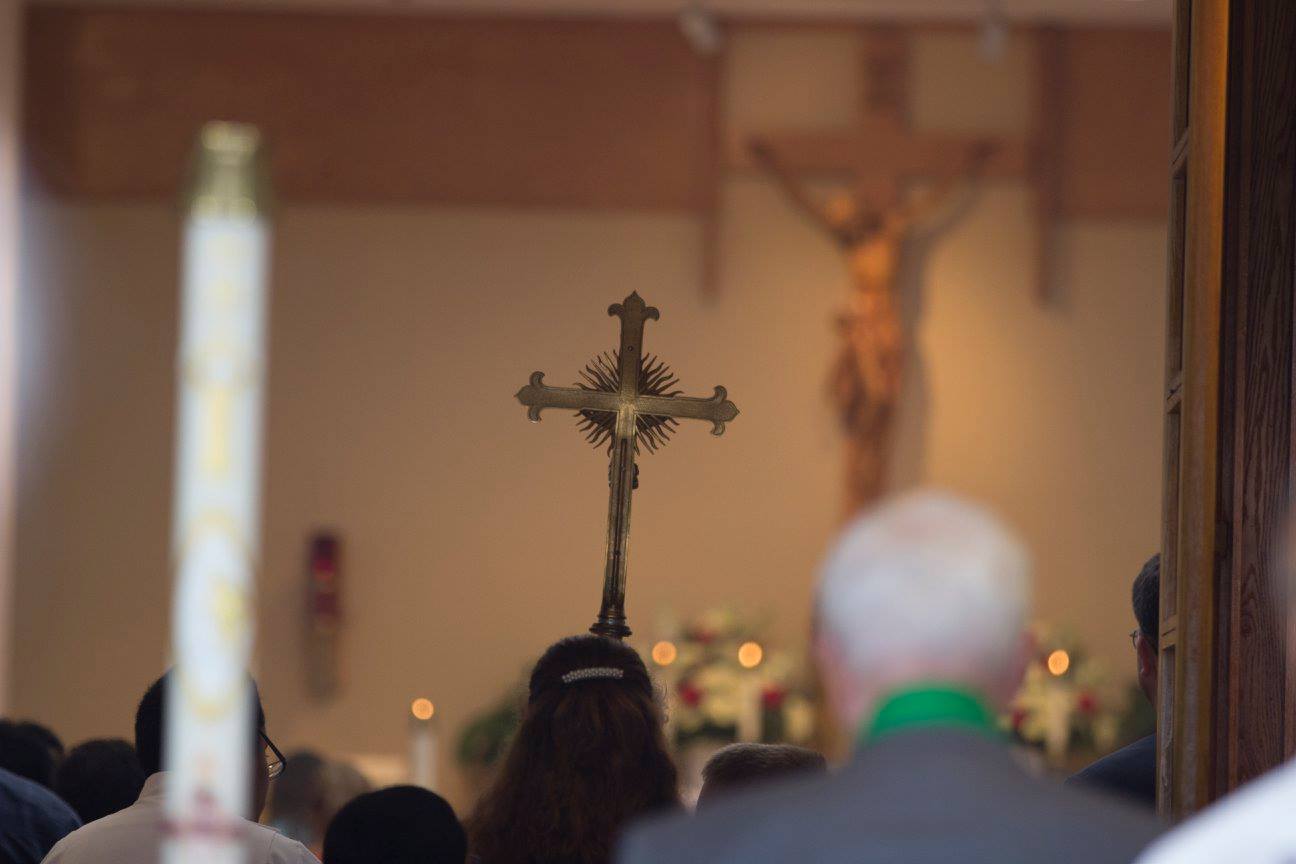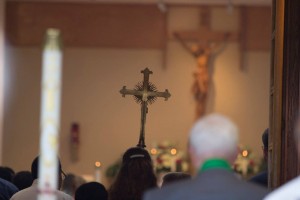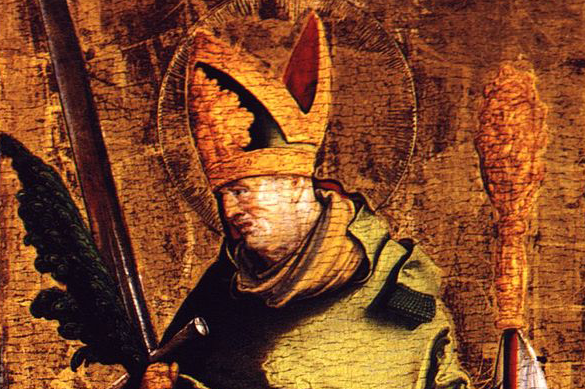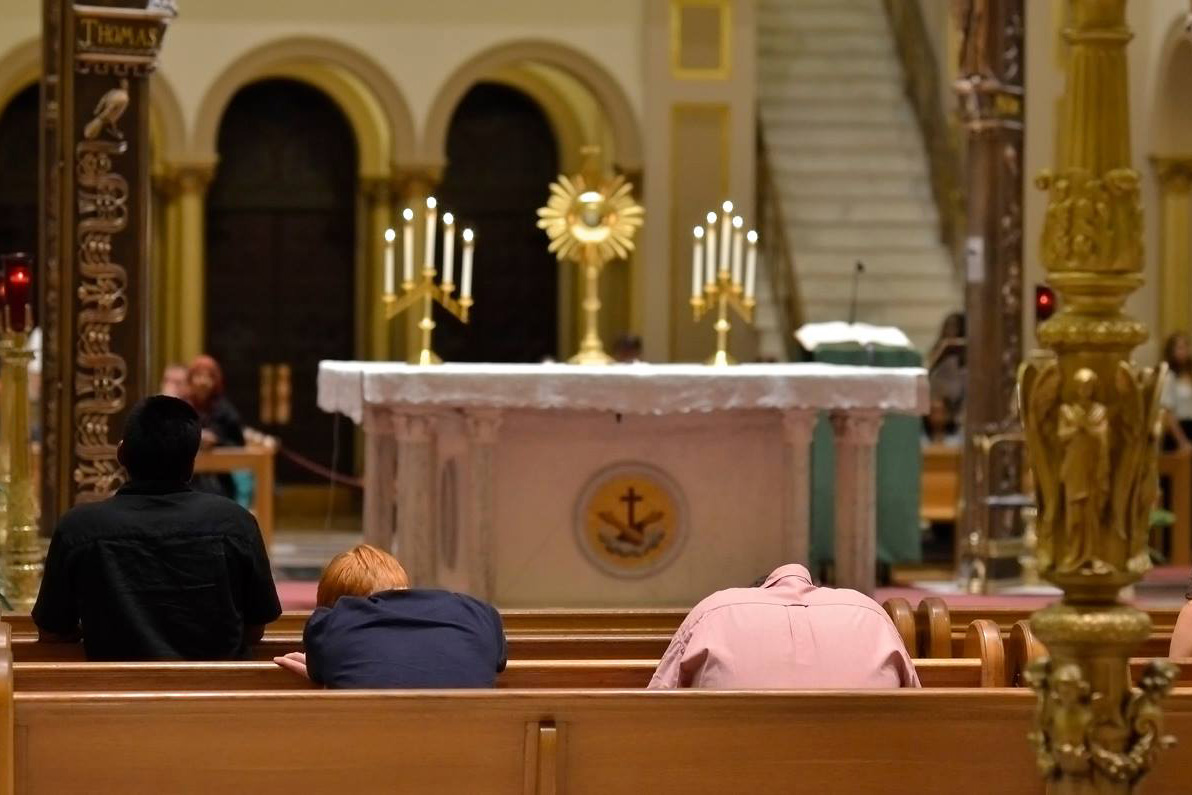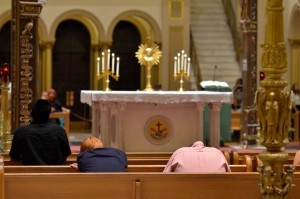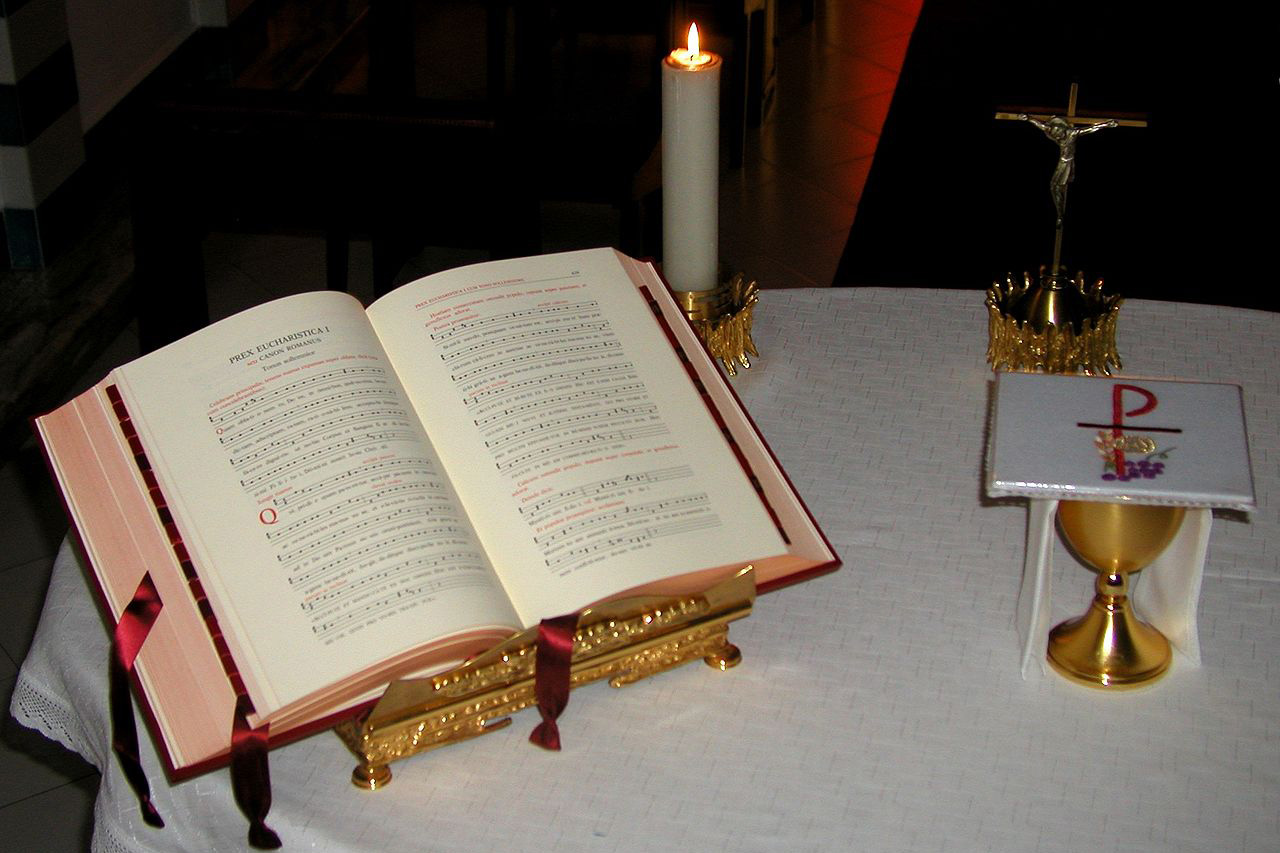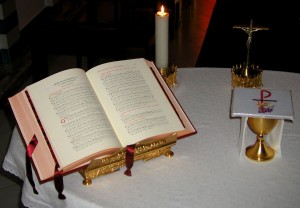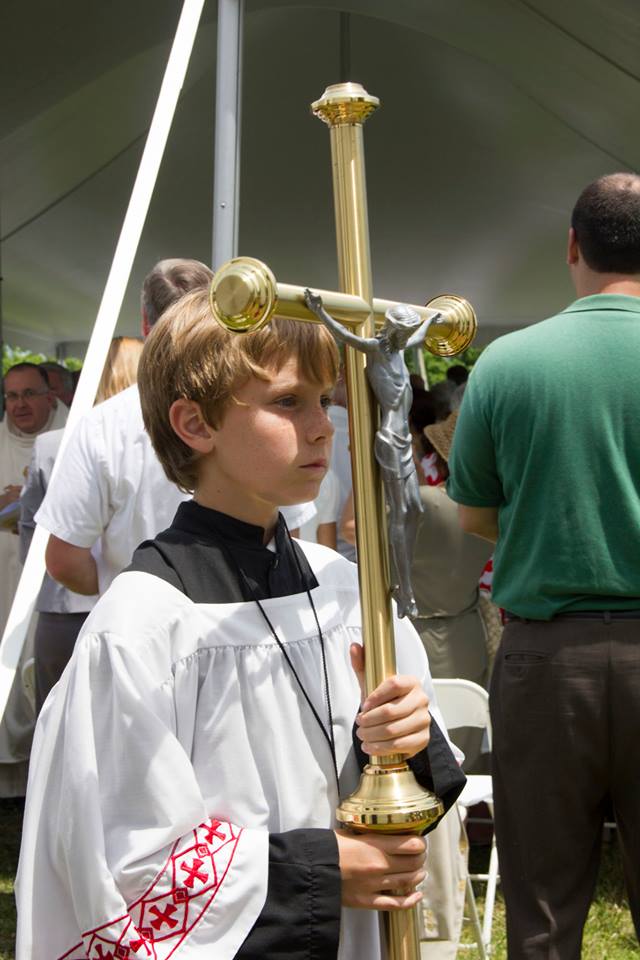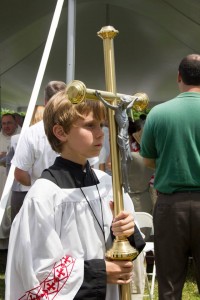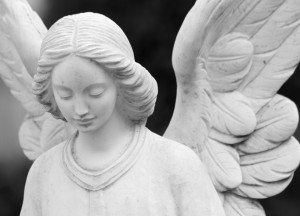 One of the most concise and cogent descriptions of these often strident times came from Joseph Cardinal Ratzinger in 1986. It is contained in, of all places, his treatise on the theology of sacred music in a book called The Feast of Faith (Ignatius Press, 1986). His comments have recently been republished in a larger compendium of his works: Collected Works: Theology of the Liturgy (Ignatius Press, 2014, Vol 11).
One of the most concise and cogent descriptions of these often strident times came from Joseph Cardinal Ratzinger in 1986. It is contained in, of all places, his treatise on the theology of sacred music in a book called The Feast of Faith (Ignatius Press, 1986). His comments have recently been republished in a larger compendium of his works: Collected Works: Theology of the Liturgy (Ignatius Press, 2014, Vol 11).
It hard to describe our times as anything but contentious. Loud, strident protests often predominate over reasoned discourse and thoughtful argumentation.
To be sure, every era has had, and needed, protest and public opposition to injustices that are too often hidden. There is a time and place for loud protest and the use of memorable sound bites.
But it is the predominance of loud protest and civil disobedience that stands out. Sound bites, slogans, and simplistic “war cries” have to a large extent replaced thoughtful, reasoned discourse. Volume, power, and visually flashy techniques are prized and used more and more. Such approaches too frequently produce more heat than light.
Consider, then, this remarkable analysis by Joseph Cardinal Ratzinger, written back before the Internet and social media had turned up the volume even more. He paraphrases an insight by Gandhi, applies it to his analysis of our times, and then proposes a healing remedy to restore balance:
I would like to note a beautiful saying of Mahatma Gandhi … Gandhi refers to the three habitats of the cosmos and how each of these provides its own mode of being. The fish live in the sea, and they are silent. The animals of the earth scream and shout; but the birds, whose habitat is the heavens, sing. Silence is proper to the sea, shouting to the earth and singing to the heavens. Man has a share in all three of them. He carries the depths of the sea, the burden of the earth, and the heights of the heavens in himself. And for this reason, all three properties also belong to him: silence, shouting, and singing.
Today—I would like to add—we see only the shouting is left for the man without transcendence, since he only wants to be of the earth. …
The right liturgy, the liturgy of the Communion of the Saints, restores totality to him. It teaches him silence and singing again by opening him to the depths of the sea and teaching him to fly, the angels’ mode of being. It brings the song buried in him to sound once more by lifting up his heart. …
Right liturgy … liberates us from ordinary, everyday activity and returns to us once more the depths and the heights, silence and song … Right liturgy … sings with the angels … is silent with the expectant depths of the universe, and that is how it redeems the earth (Joseph Cardinal Ratzinger Collected Works, Vol 11, Theology of the Liturgy, Ignatius Press, p. 460).
This is a remarkable analysis and application of liturgy and cosmology to the issues and imbalances of our day! It is in the vein of “Save the Liturgy, save the world.” For indeed, only in the worship of God do we find our true selves. Only in the liturgy is our true personality formed. The human person in his glory unites the material and spiritual orders. We are capable of pregnant, expectant silence; of the joyful shout of praise and the Gospel going forth; and of the song of Heaven.
But as Ratzinger points out, we are too often reduced to a preoccupation with and a valuing of only one aspect: the shouting of the earthbound creatures of this world.
But the liturgy—good and proper liturgy—trains us in all three and accomplishes the balance that is often lost today. The liturgy is a training ground, not only for our heavenly destination, but also in what it means to be truly human.
Read the good Cardinal’s reflection; consider carefully what the Pope Emeritus teaches. It will bless your soul. I know it has blessed mine.
Here is a song of the heavens:

